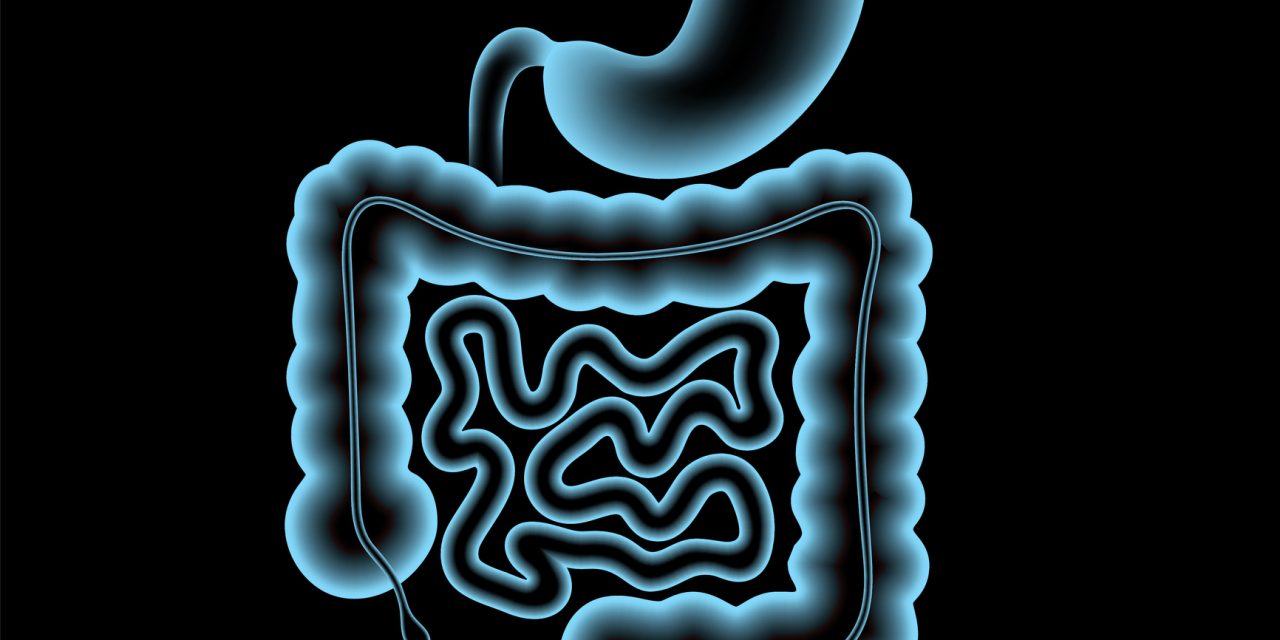Hepatitis B virus is a serious public health problem. Effective hepatitis B vaccination gives protection in about 85-90% cases. Most follow-up studies in different countries showed a similar pattern of antibody decline with increasing age. Many authors observed a declined level of HBs-antibody over a period of 3-6 years. This study was aimed at to observe immune status in children 7 years or more after primary hepatitis B vaccination. This cross sectional descriptive study was conducted at the department of Pediatric Gastroenterology and Nutrition, BSMMU, Dhaka, Bangladesh from April 2015 to March 2016. For this study children of both sexes aged between 7 to 18 years, who had history of 2 or more doses of hepatitis B vaccine 7 or more years back were included in the study. All the serum samples were tested for anti HBs by chemiluminescence’s technique. Total 120 children were studied among them male was 59.2% and male female ratio was 1.4:1 with a mean age of 8.6±1.7 years. Good immune response (66.7%) was observed against hepatitis B. Significantly higher geometric mean titer of anti HBs was found in the age group of 7-8 years (p=0.02). Waning of immunity including non seroprotectivity was significantly associated with increasing age (p=0.015). Majority (96.7%) of children received EPI vaccination than commercially available vaccine. Children with weight for age percentile (WAP), height for age percentile (HAP) and BMI for age lies below 5th percentile had comparatively lower non seroprotection rate than normal children, but this was not statistically significant. History of dental or surgical procedure, blood transfusion and family history of contact with known case of hepatitis B infection did not have any significant inference on anti- HBs response. The study detected a good immune response against hepatitis B. About 66.7% of children were seroprotective 7 years or more after primary hepatitis B vaccination. Waning of immunity including non seroprotectivity was significantly associated with increasing age. Further studies with larger sample size are needed about booster dose to come to a final conclusion.
Immunity after Primary Hepatitis B Vaccination in Children 7 Years or More Attending A Tertiary Care Hospital.


